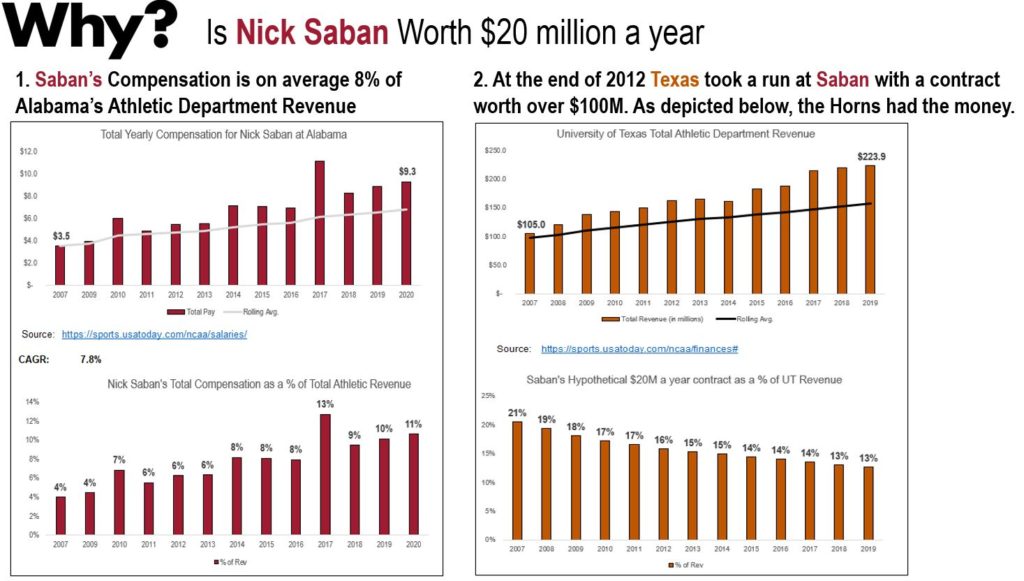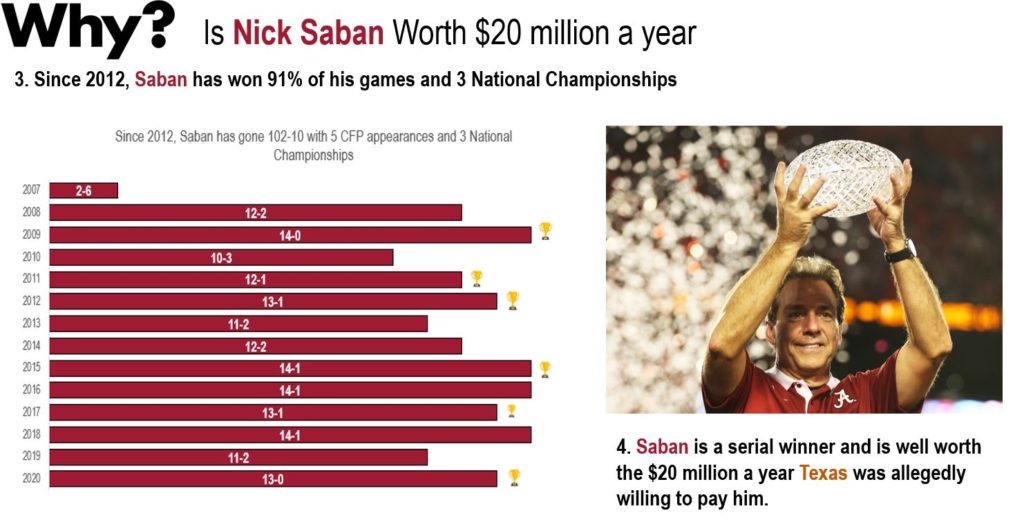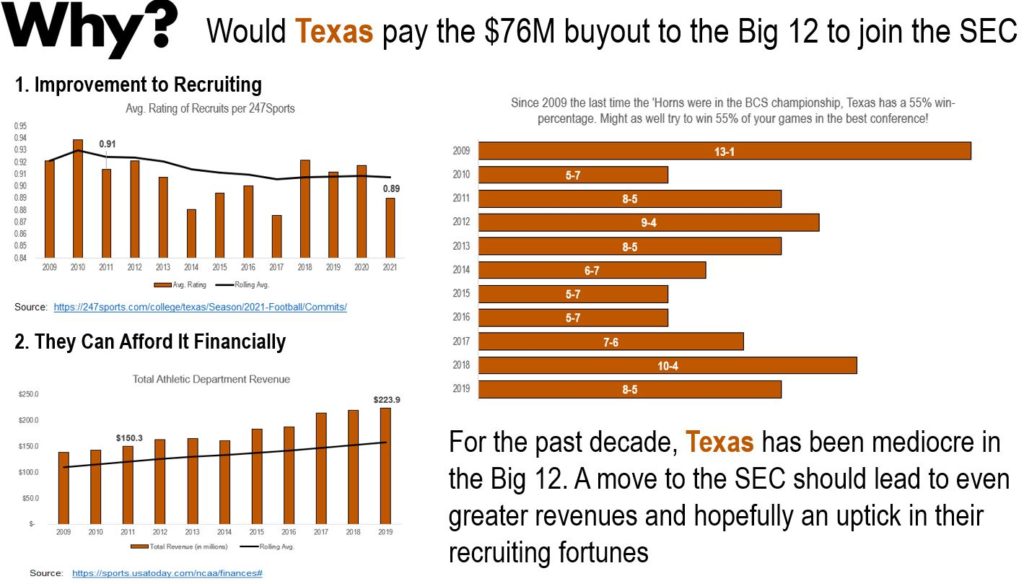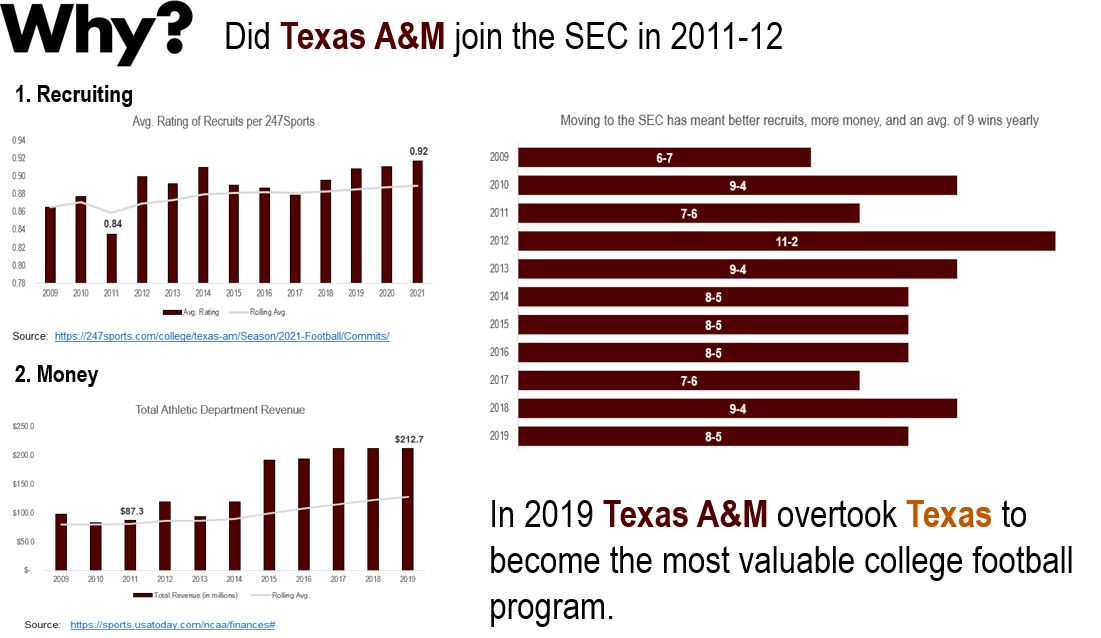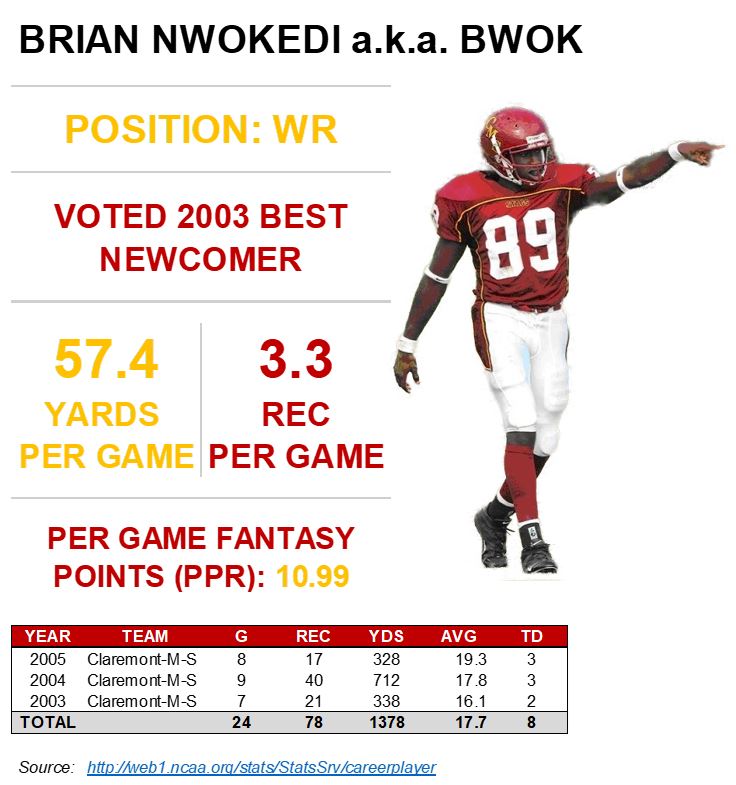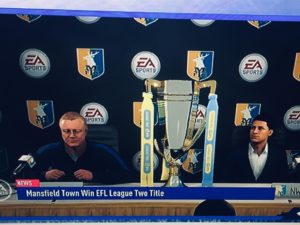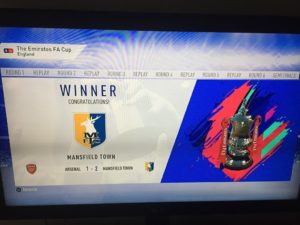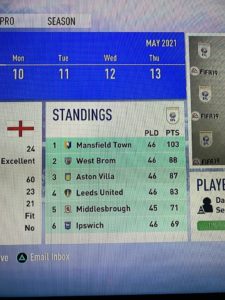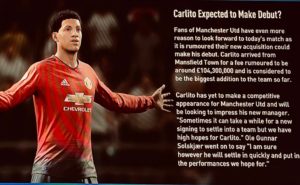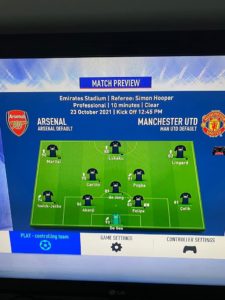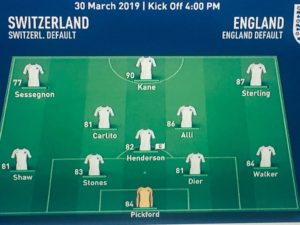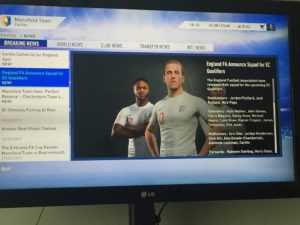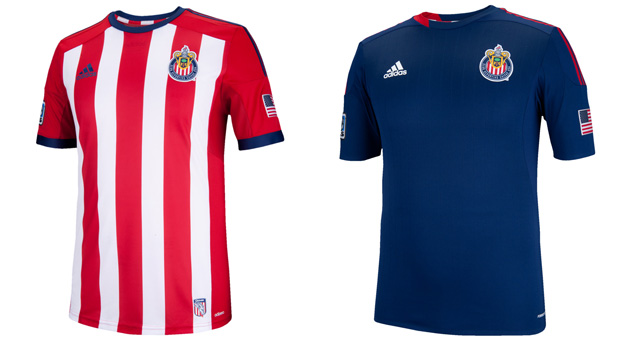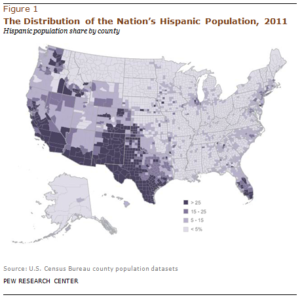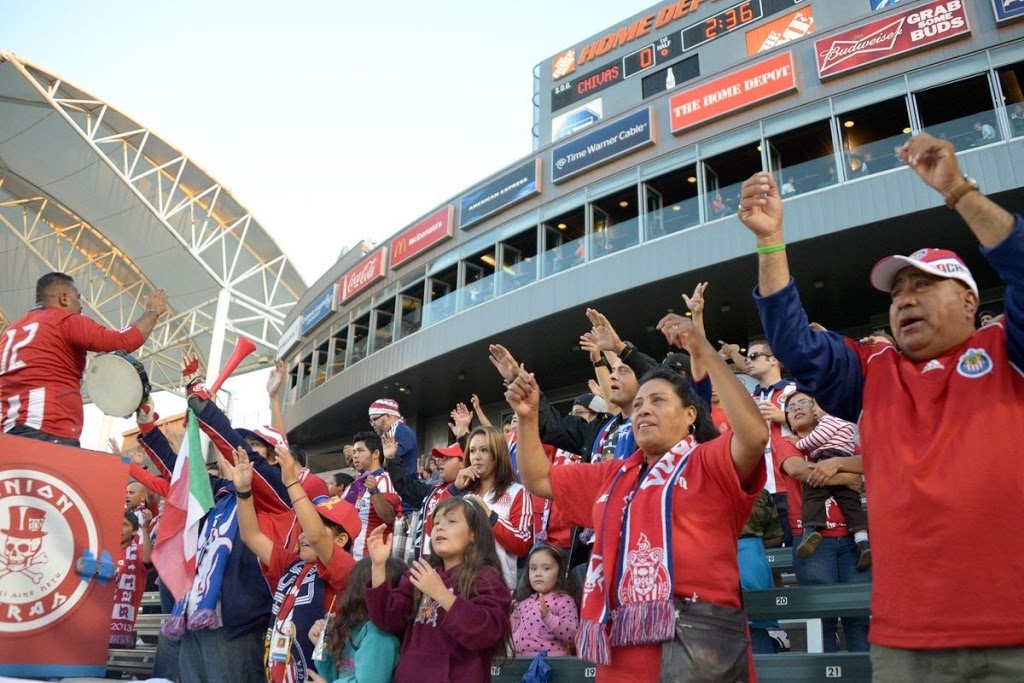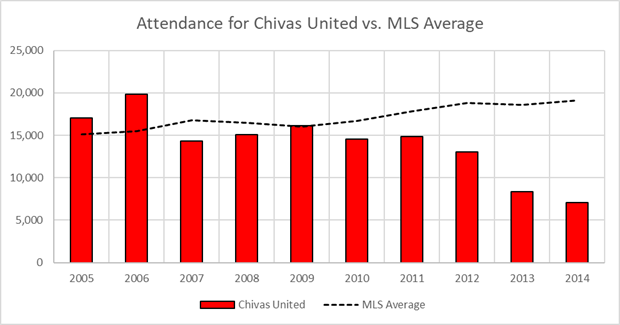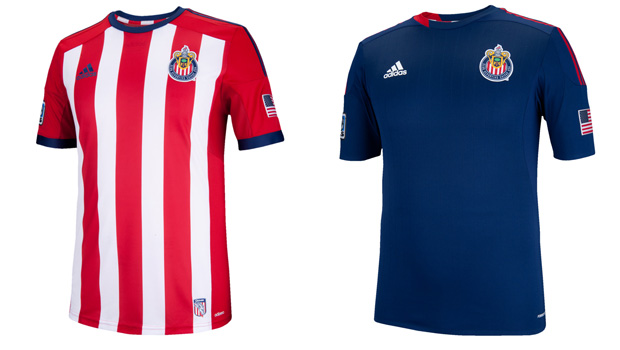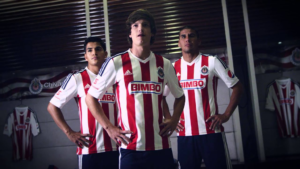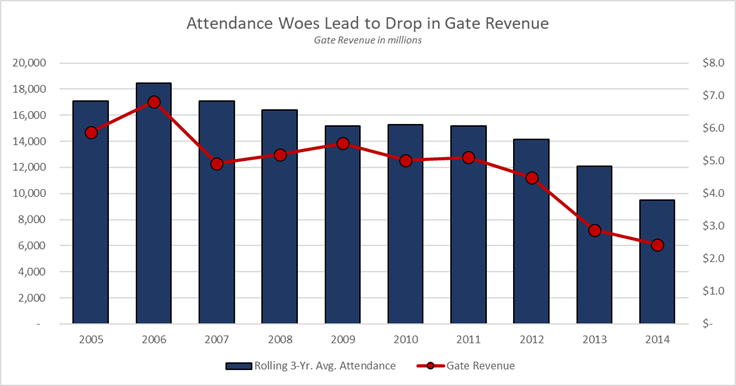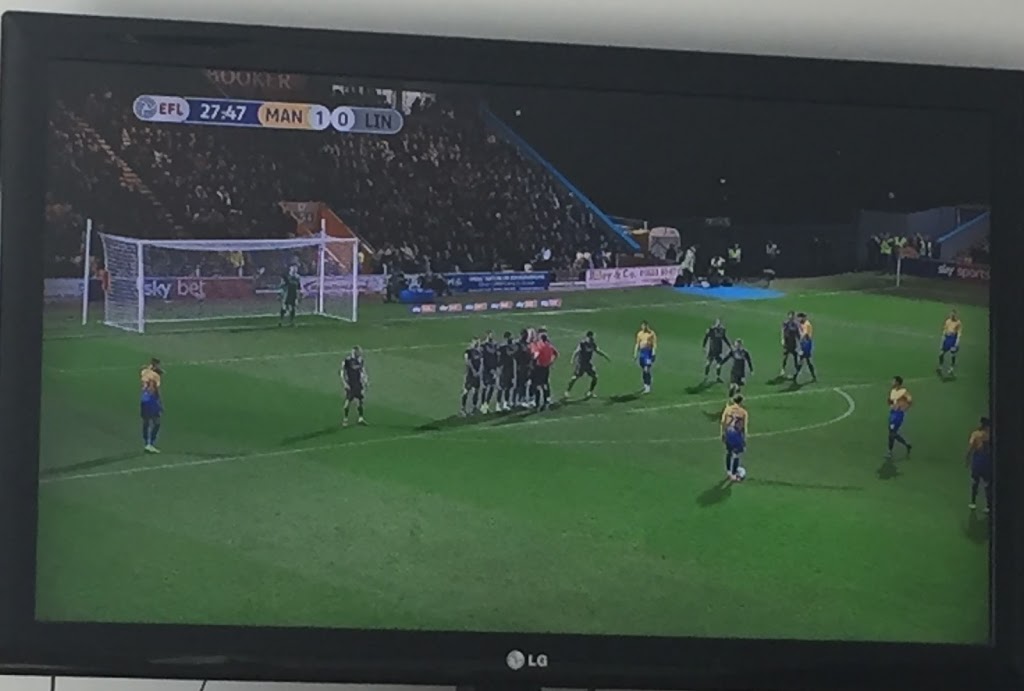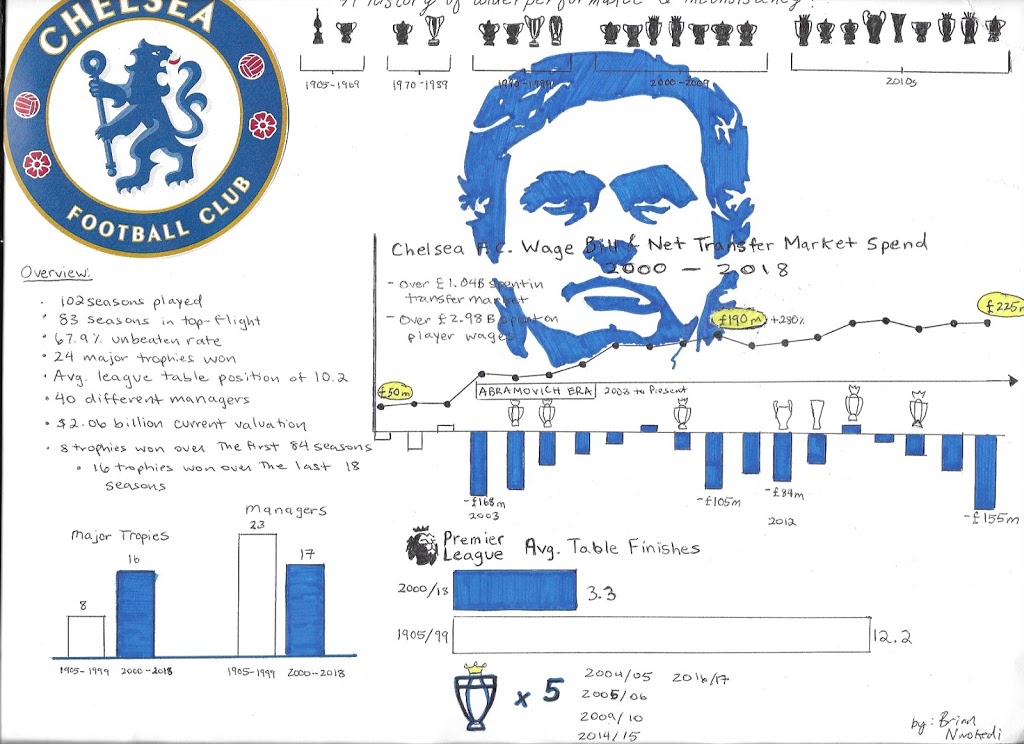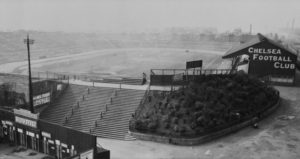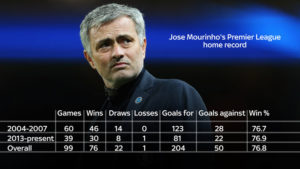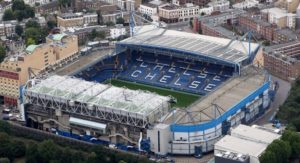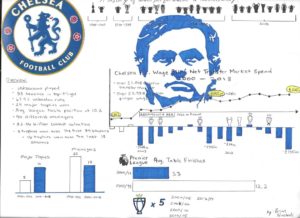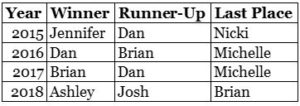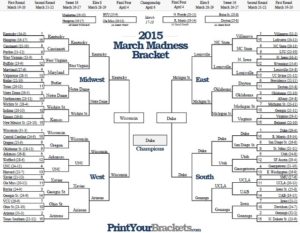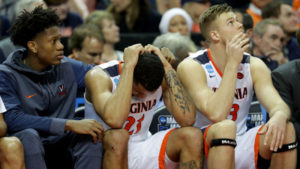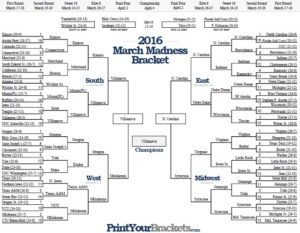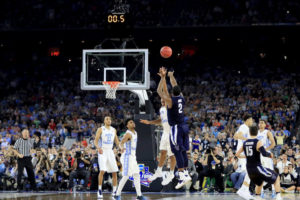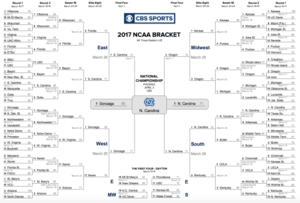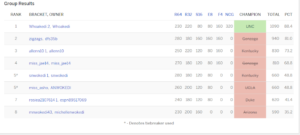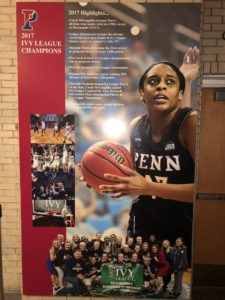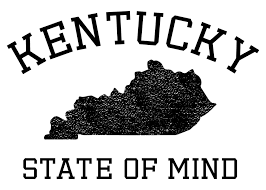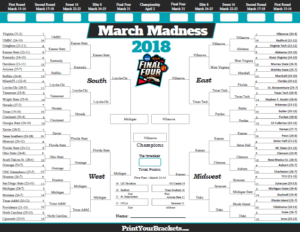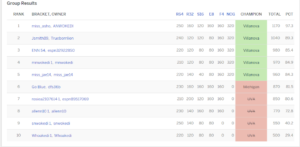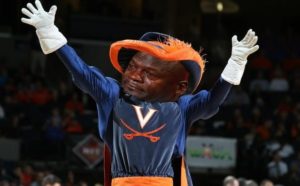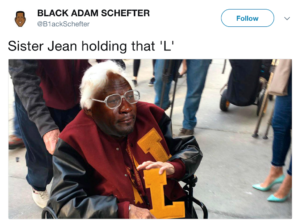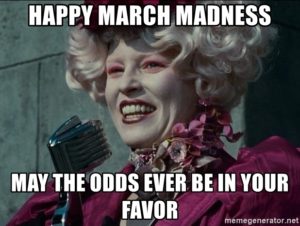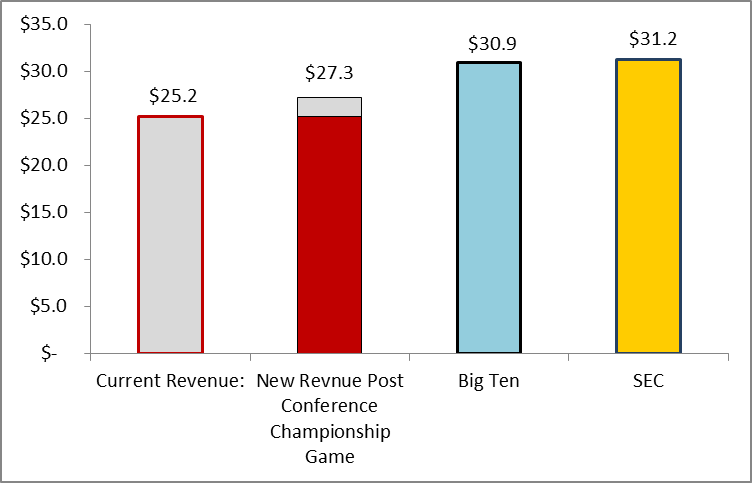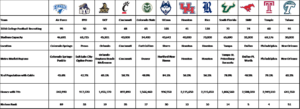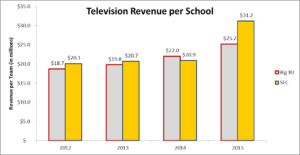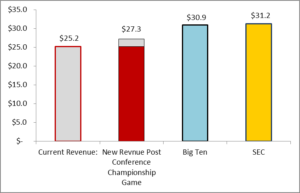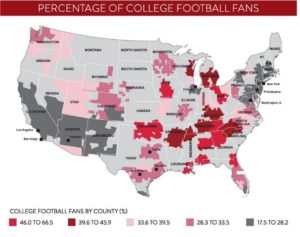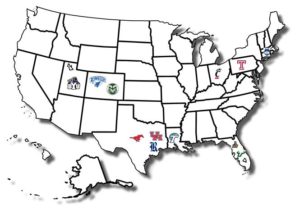Each March for the past four years, my family and I have entered into a winner take all Bracket Challenge, where the winner takes home close to $100+ and bragging rights. This year will mark the 5th year of the Nwokedi-Allen Bracket Challenge. In honor of this, I thought it would be funny to revisit some of the highlights (and low-lights) over the past four years. In summary, the last four years have gone as follows:
2015 Highlights
In 2015, Duke beat Wisconsin in the National Championship game. Kentucky and Michigan State made the Final Four. In the Nwokedi-Allen Bracket Challenge, every single one of us picked Kentucky as the champion except for my sister Jennifer, her husband Josh, and my wife Nicki. Consequently, that year’s winner was Jennifer and my wife Nicki finished last.
Jennifer employed a very innovative tactic in her approach to picking. She allowed my nephew Joshua to choose almost all of her teams, and this proved to be so effective, that my sister Ashley the following year consistently asked my nephew for “advice” in her picks.
The pick of the tourney was made by Joshua when he picked Wichita State to beat Kansas in the second round. How he “knew” is beyond us all. I mean … He was still a toddler at this point.
My sister Michelle and I watch the most college basketball out of this group. That year, she and I on numerous occasions thought that Duke would win it all. But when push came to shove, we both picked Kentucky…. Egg on our face.
This was my sister in-law Rosie’s first foray into brackets and March Madness in general. She’s British and American college basketball hasn’t seemed to find its way onto her priority list ?. I mention her because she adopted a very unique picking strategy. She looked at each school and simply picked the schools with mascots she liked best. And funny thing … She didn’t finish last!
The honor of finishing last went to my lovely wife Nicki. She decided that her strategy was going to revolve around picking the schools that had people she liked at them. As a Darden School of Business alum, her default choice is always to pick Virginia to win it all. And this year that choice got her beat. Michigan State as a 7-seed beat Virginia in the second round.
This theme of picking Virginia to win it all will continue to pop up in the Nwokedi-Allen Bracket Challenge over the years. So much so that we adopted a very simple rule… “If you pick Virginia to win it all, you will end up in last.”
2016 Highlights
In 2016, Villanova beat North Carolina on a last second three-pointer in the National Championship game. Oklahoma and Syracuse made the Final Four. In the Nwokedi-Allen Bracket challenge, it came down to me versus my sister’s husband Dan. I picked UNC to win it all, and going into the National Championship game, I was the only person that could overtake Dan. As the video above shows, Kris Jenkins of Villanova had other ideas.
The basketball guru herself, Michelle Nwokedi, finished dead last. And my sister Jennifer’s bracket got busted very early, thus ending her back-to-back campaign.
The pick of the tourney was made by Rosie when she picked Yale to beat Baylor. When asked why she made that pick she said something along the lines of “Bulldogs are better than Bears… Oh My.”
Other “not-so-funny” moments in our Nwokedi-Allen Bracket Challenge:
· Nicki picks Virginia to win it all again. This time they get out of the second round and get beat in the Elite Eight by Syracuse (a #10 seed).
· Ashley literally asks my nephew Joshua for help building up to the tournament.
2017 Highlights
In 2017, North Carolina got their redemption and beat Gonzaga in the National Championship game. Oregon and South Carolina made the Final Four. In the Nwokedi-Allen Bracket challenge, once again it came down to me versus my sister’s husband Dan. I picked UNC to win it all and he picked Gonzaga to win it all. The winner of the National Championship game would literally decide the winner of the Nwokedi-Allen Bracket challenge.
For the second straight year in a row, the basketball guru Michelle Nwokedi finished dead last. Her dismal performance would prompt her to convince the group to allow a Second Chance Bracket in 2018 that allowed her to bounce back and get some money. At least we all know that she was good at actual basketball!
This year Nicki stays away from picking Virginia to win it all. Instead she adopts the “Kentucky fried chicken, Kentucky bourbon, KENTUCKY ALL THE WAY” strategy! This was her best finish in the four years of our Bracket Challenge.
On the back of last year’s Yale upset, Rosie and Stephanie buy into the Ivy League Schools hard this year. They both choose Princeton to make the Sweet 16…. SMOKED!
In general, year 3 of the Nwokedi-Allen Bracket Challenge was a reminder of why we do this each year. As much as it’s about bragging rights and winning, it’s the banter that wins the day. To quote Rosie, “let’s be honest, I’m just here for the chat. I picked Duke because Nathan on One Tree Hill likes them. I really have NO BUSINESS here!”
2018 Highlights
In 2018, Villanova beat Michigan in the National Championship game. Kansas and Loyola-Chicago made the Final Four. In the Nwokedi-Allen Bracket challenge, we welcomed Big E to the fold and had to learn how to moderate our comments ?.
This year was also decided by the National Championship game. Heading into that game, Dan and Ashely (who happen to also be married) were mathematically the only people that could end up in the #1 spot. Since Dan picked Michigan and Ashley picked Villanova, the winner of the game would determine the winner of our Bracket Challenge.
At the start of this tournament, I said the following: “16-seed teams have never won ever… One day it will happen and the tourney will go crazy.” These my friends were my famous last words.
Virginia entered the tournament as the number one overall seed, and this was hands down their best chance to win the tournament. As a bonafide Virginia hater, I spend a lot of my time during the year telling the group that Virginia can win it all for a whole host of reasons. And usually every single year, I pick against them (even though I went to the Darden School of Business). This year, against my best mind, I picked Virginia to win it all. It also seems as though I influenced Nicki, Rosie, and Stephanie to do the same. Although we all know that Nicki was picking Virginia like always.
All in all, the 2018 Bracket Challenge can be summed up in two photos:
Conclusion
So, as we enter the 2019 Nwokedi-Allen Bracket Challenge I’d like to impart some things we learned as a group:
1. Never ever pick Virginia. They will choke and you will pay for it.
2. Stephanie takes teams losing to hear and genuinely thinks she is a coach.
3. We make some very ridiculous comments as we watch these games.
4. Every year I resolve to stop making brackets and every year I get sucked right back in.
5. Everyone deep down really wants to win.
And with that, I’d like to welcome Jane and Doug to the fold this year. Welcome to the ridiculousness that is March Madness and the Nwokedi-Allen Bracket Challenge. May the odds be ever in your favor!
